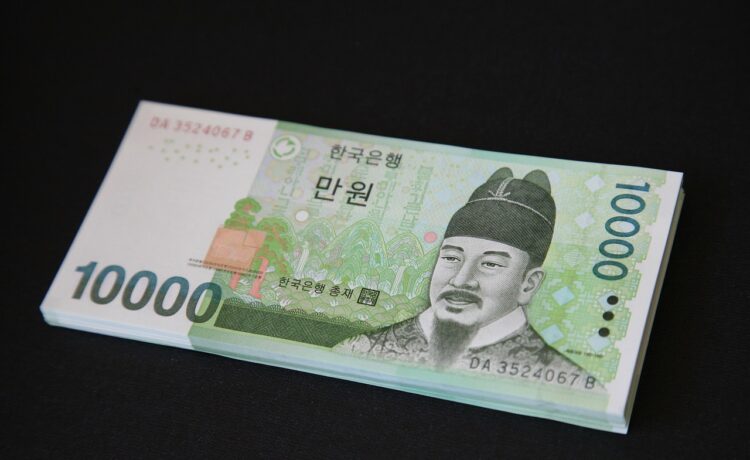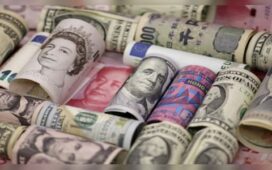Asian currencies traded in tight ranges on Friday, while the U.S. dollar saw a modest rebound after a federal appeals court reinstated former President Donald Trump’s tariffs, reversing an earlier trade court decision. Investors now await the Personal Consumption Expenditures (PCE) price index— the Federal Reserve’s preferred inflation gauge—due later in the day, for further economic cues.
Market sentiment remained cautious as U.S. Treasury officials confirmed a stall in trade talks with China, undermining optimism from earlier tariff de-escalation. The Japanese yen outperformed regional peers, rising 0.3% against the dollar, supported by safe haven demand and higher-than-expected Tokyo inflation in May. This data, often seen as a predictor for nationwide trends, increased speculation over a potential 25 basis point rate hike by the Bank of Japan in July.
The U.S. dollar index edged up 0.1% to 0.2% in Asian trade, trimming earlier losses. While initial dollar strength followed the tariff block, the greenback regained ground as the appeals court upheld the tariffs temporarily, pending further legal review. A revised U.S. GDP reading showing a smaller-than-expected contraction in Q1 also lent support to the dollar.
Among other Asian currencies, the Chinese yuan was little changed despite news that U.S.-China trade talks had lost momentum. The Australian dollar dropped 0.3% after retail sales unexpectedly declined in April, potentially giving the Reserve Bank of Australia room for future rate cuts. Meanwhile, the South Korean won weakened 0.4%, and the Singapore dollar slipped 0.2%. The Indian rupee gained 0.2% ahead of domestic GDP data due later Friday.
Overall, currency markets stayed range-bound amid renewed U.S. trade policy uncertainty and anticipation of upcoming inflation data that could influence Fed policy.


